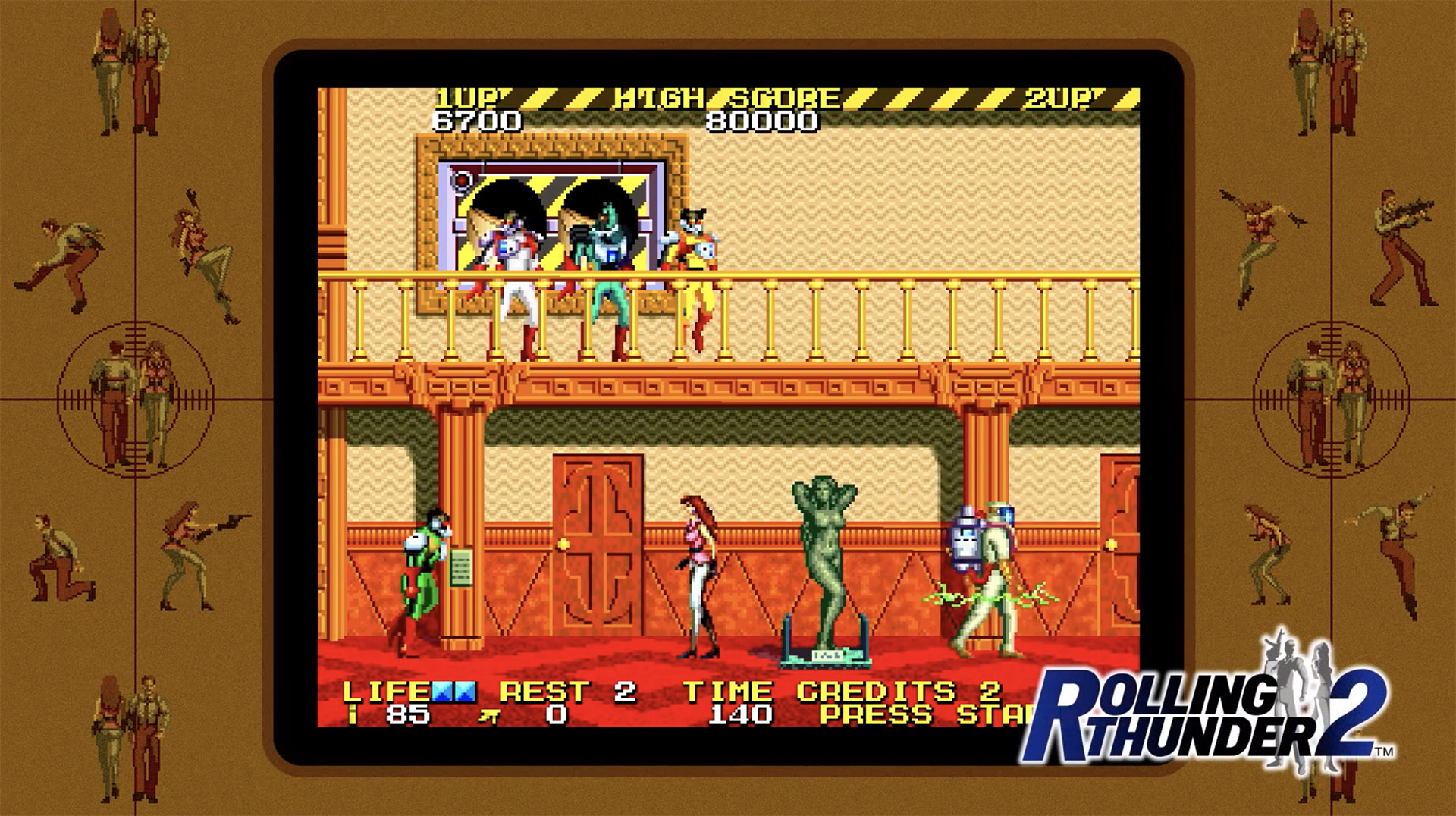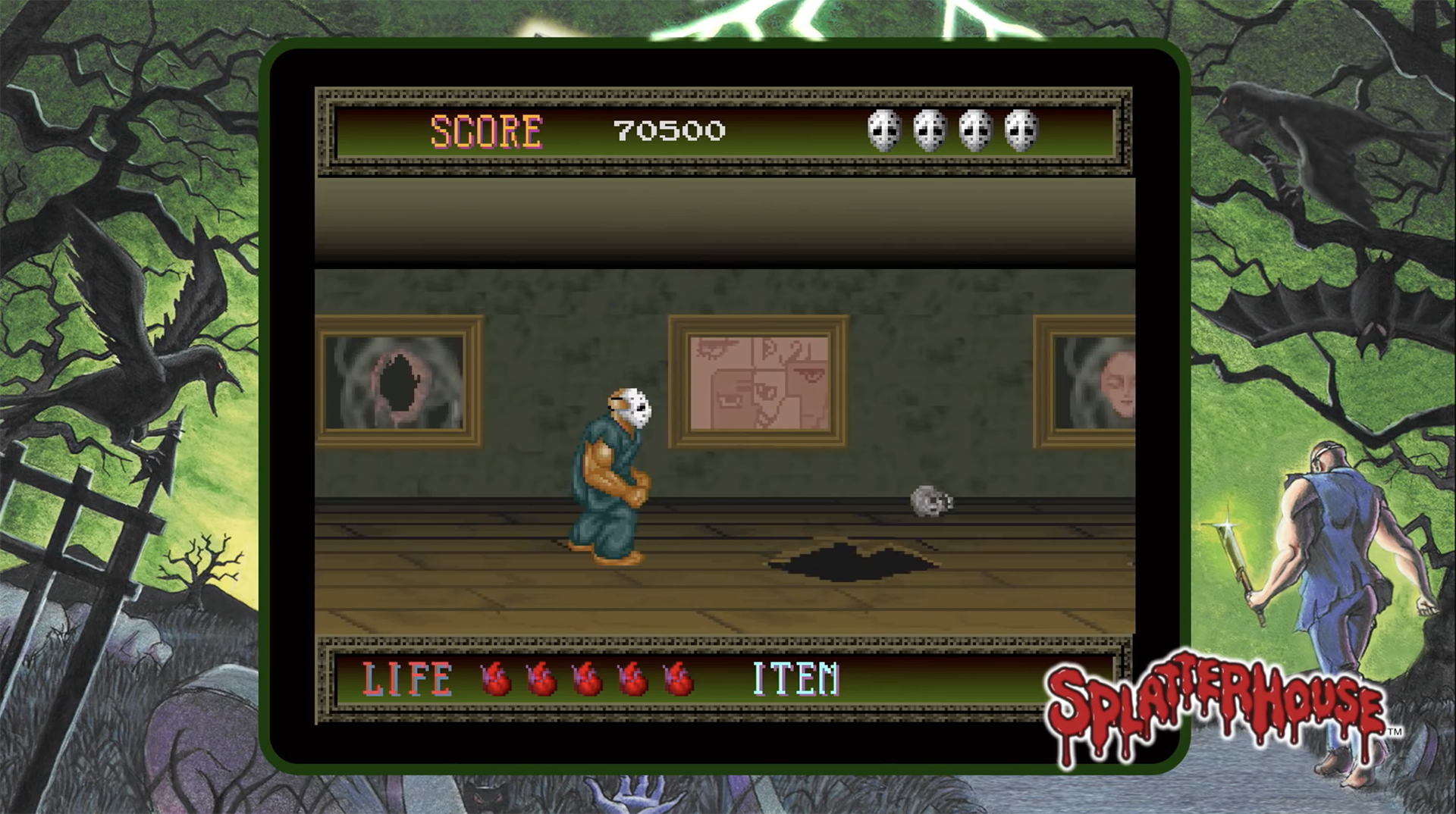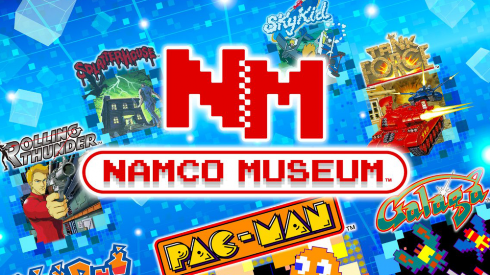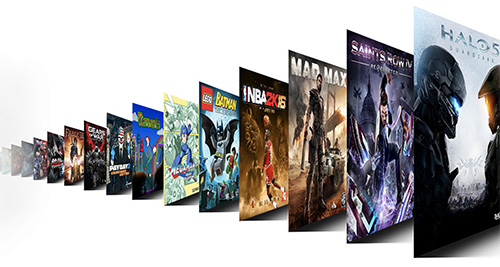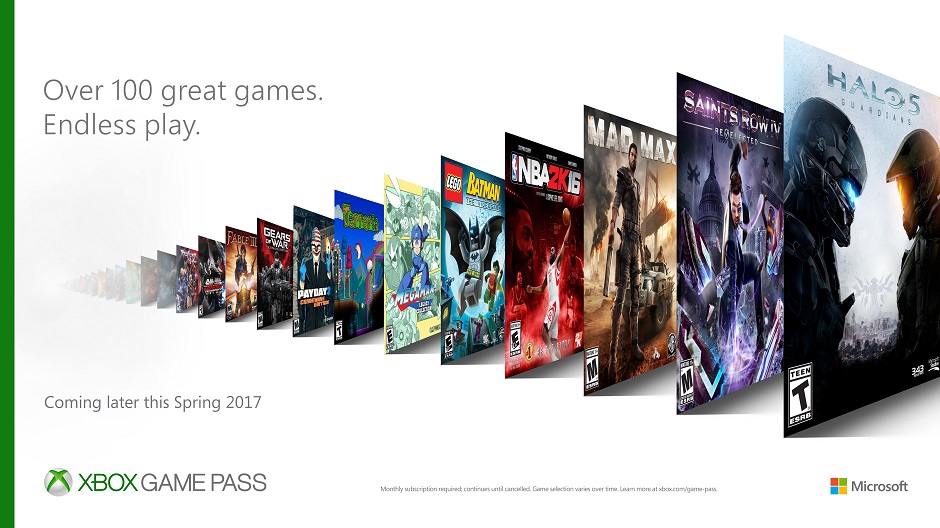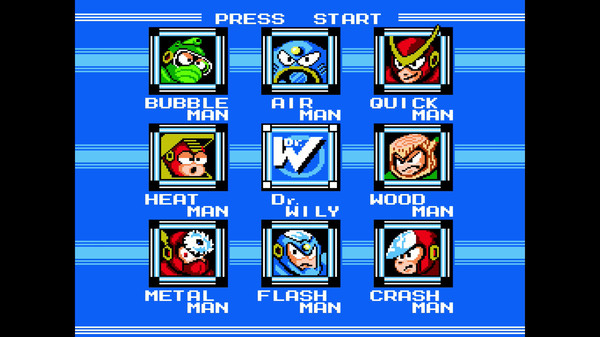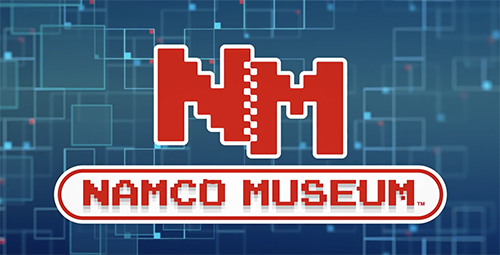
Namco Museum on Nintendo Switch is yet another compilation of titles from Namco’s arcade catalogue, the latest in a long line of Namco Museum titles that have hit just about every console since the original PlayStation. We’ve seen similar collections flood the market from other publishers, like Atari, Capcom and Sega, and collectively their quality is all over the map – some collections contain small selections of barebones ports, split into multiple volumes for no reason than to increase sales. The best collections, like last generation’s Sega Mega Drive Ultimate Collection and Sega 3D Classics Collection, are stuffed full of quality titles and even include tweaks, bonuses and extras that show the developers’ love and care for the original games. Namco Museum falls somewhere in the middle of all this.
Included in Namco Museum on Switch are eleven titles, including Pac Man, Galaga, Dig Dug, The Tower of Druaga, Sky Kid, Rolling Thunder, Galaga ’88 and Tank Force. For the first time in a Namco Museum collection, Splatterhouse and Rolling Thunder 2 are also included; a version of the GameCube’s Pac Man VS. rounds things out. It’s a decent selection of titles, but hardly definitive, not even as expansive as many of the older collections in the Namco Museum oeuvre, missing classics like Xevious and Pole Position and many of the Pac Man-related titles. In fact, the Xbox 360 Namco Museum collection is still available from EB Games’ pre-owned titles, and it contains three times the number of games this release does.
Pac Man, Galaga and Dig Dug are all arcade classics that I scarcely need to describe, and they’re all represented in fine form. It’s actually neat too, that the developers included little modifiers to the gameplay, hidden away in the collection’s pause menu, such as changing the number of lives available, or turning on or off Pac Man‘s famous Level 256 glitch. The Rolling Thunder games are extremely addictive, but ball-bustingly tough. While on the surface they seem like simple side-scrolling shooters, they require split-second timing and reflexes; the meager health bar they give you is basically a cruel joke, as even touching a bad guy can wipe out most of it in a single stroke. Rolling Thunder 2 offers significantly more lively and colourful visuals, making it my favourite of the two.
One highlight of the collection is Splatterhouse, once considered so violent its home-console ports came with a parental advisory. Now, it’s not even worthy of anything more than a PG rating, but while it’s shock value has waned over the years, it’s still entertaining to watch. While the gameplay is quite simple, barely rising above an average beat ’em’ up, the attention to detail in the environments and enemies is still impressive today, referencing many, many movies and sources that horror fans will have a great time picking out, from Friday the 13th to Pumpkinhead. It’s also still hilarious, with over-the-top death animations like lobbing enemies’ heads off like baseballs with a machete, or slamming them into satisfying splats with a pipe.
Across all of these titles, Bandai Namco have included the ability to not only stretch the screen outside of its diminutive simple frame, but also to rotate it at 90 degree angles. This is actually a great idea for a console like the Switch, which when playing in tabletop mode can be rotated and propped up against something to simulate the vertical arcade screens of games like Galaga. You’re also able to create save states, although if you turn off your system between play sessions, your scores become ineligible for online rankings.
Pac Man Vs. is the odd duckling of the collection, as it’s largely useless as a single-player game, and basically requires you to have a friend with another Nintendo Switch to get the most out of it. The original game appeared on the Nintendo GameCube, and required you to use a Game Boy Advance linked to the main console. While one player played as Pac Man on the GBA, three others could play on the TV as the ghosts, trying to work together with their limited viewpoints to chase him down. On Switch, it’s still fun, even if the process still requires you to own two consoles – one for a player to use as Pac Man, and another for three to play as ghosts with. It also involves a visit to the Nintendo eShop for the console that doesn’t have Namco Museum installed, to download a free app. It works, but it’s not exactly a pick-up-and-play solution to get into the game, although then again the original had the same problem.
Just like the arcade originals, you’re ultimately only playing to achieve a high score, and get your name atop the online leaderboards. Each game has a single ‘Challenge Mode’ which you can launch, separate from the main game, with a variation on the rules. For instance, the objective of Pac Man‘s challenge mode is to eat as many ghosts as possible. It’s not a terrible way to encourage replays, but it’s nowhere near the challenges presented by something like Nintendo’s NES Remix games.
Namco Museum is a good way to instantly increase the number of games on your Switch, which is still in its early days as a console. However, it’s hardly a comprehensive representation of Namco’s history, only including a couple of unique titles that might attract nostalgia-seekers, and a fun, but clunky to enjoy, version of Pac Man Vs. Most of the games in this collection can be found elsewhere cheaper, it really just depends on whether you already own them and think your Switch is a good place to have them all. There’s certainly an advantage to having some of these games on Switch, as the gameplay modifiers and being able to rotate the screen, are cool and useful. Namco Museum is great fun from time-to-time, but mileage will depend heavily on your own nostalgia.
- Some rarely-seen classics included like Splatterhouse and Rolling Thunder 2 - Ability to stretch and rotate the screen is a great idea for the Switch
- A relatively small collection of games, compared to past Namco Museum titles - Nothing to unlock, only high scores to aim for - Challenge modes aren't that compelling

